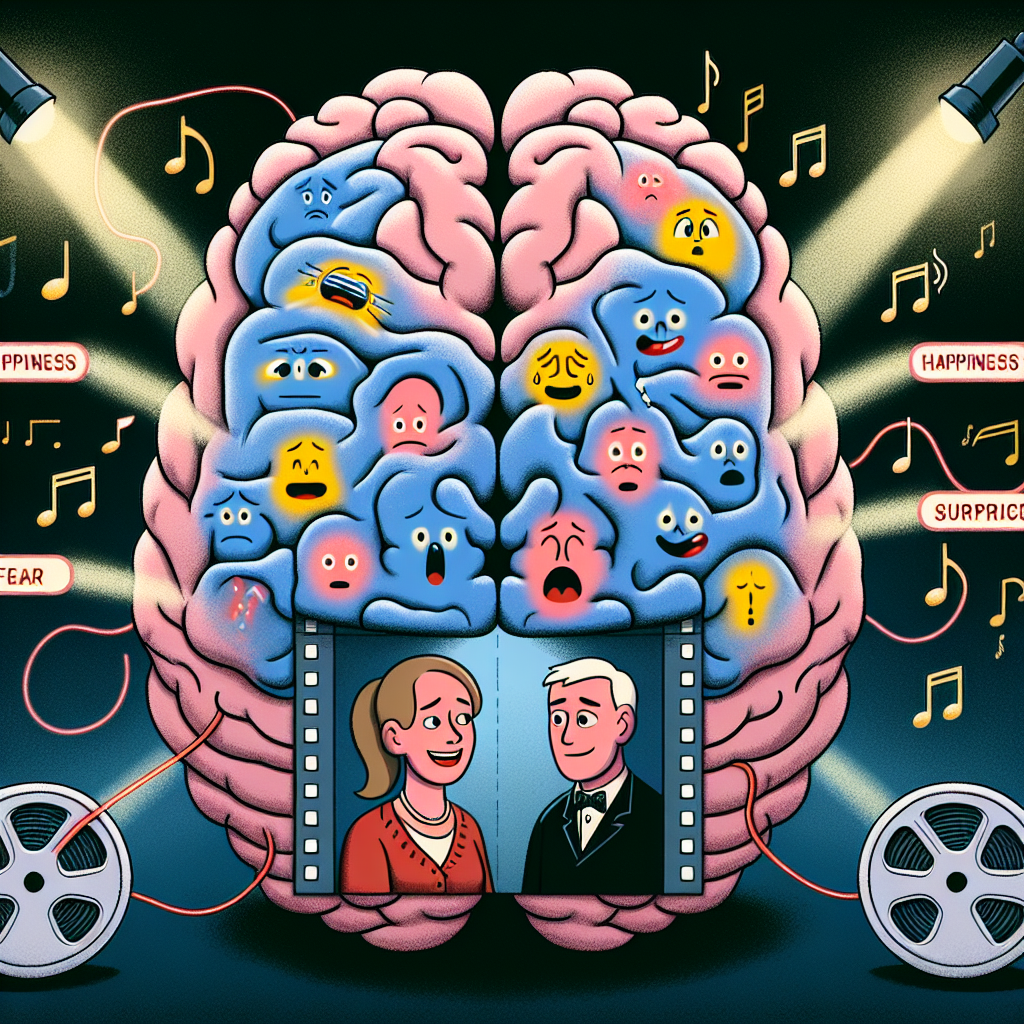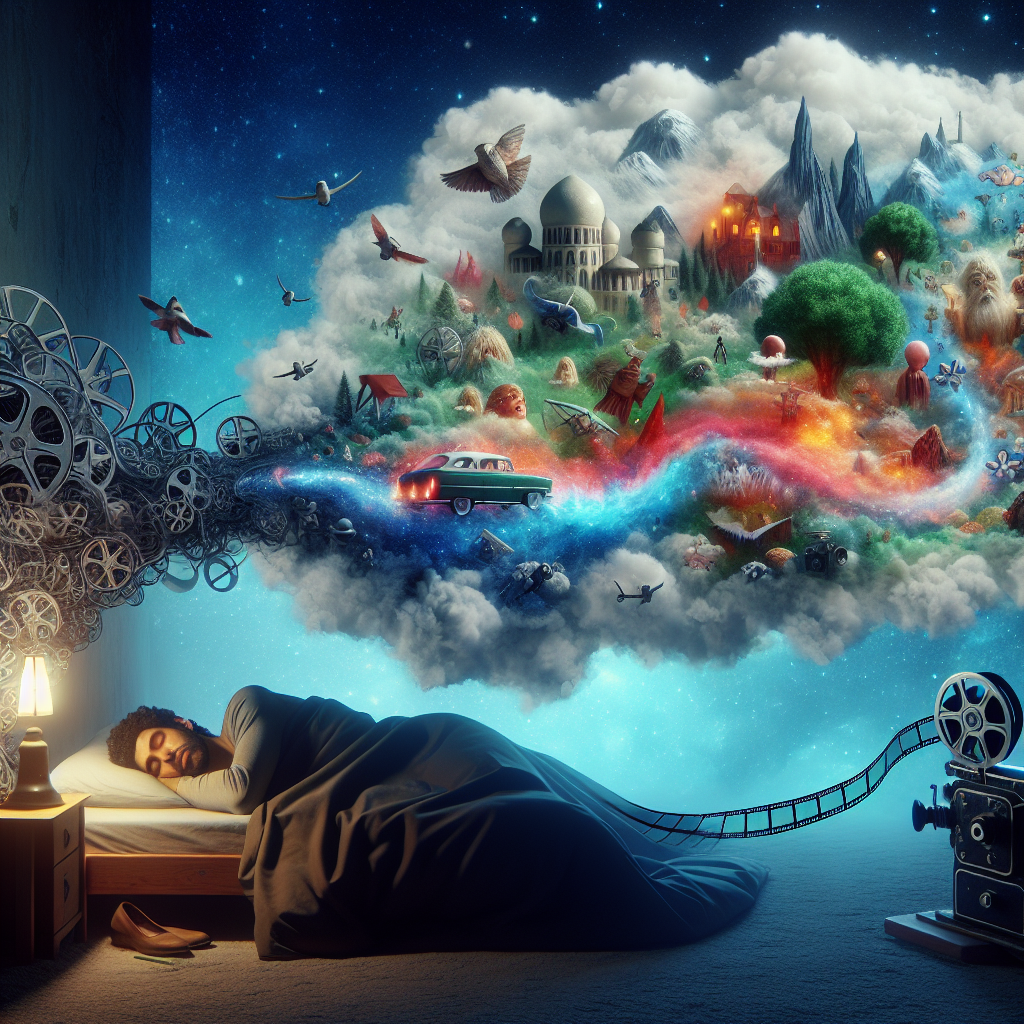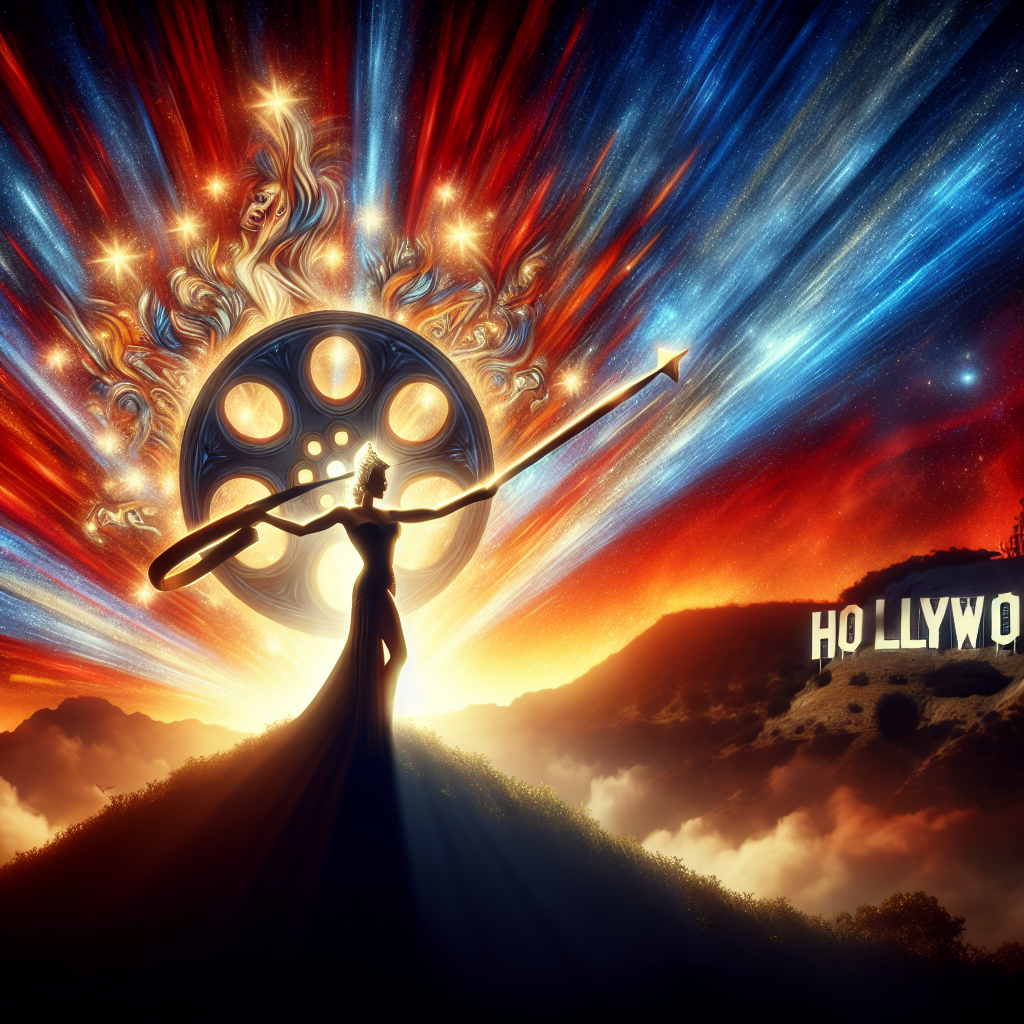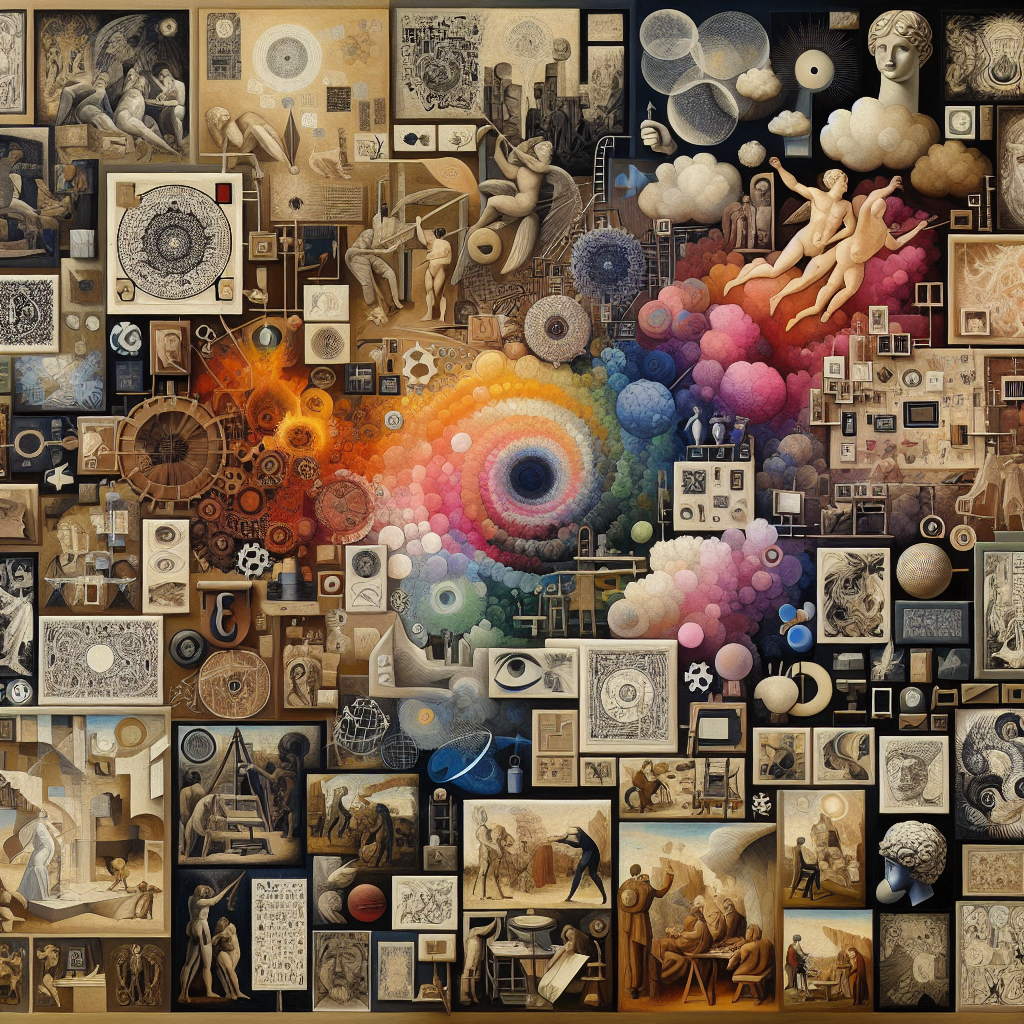Ever watched a movie scene that made you cry before you even realized why? Or felt your heart race during a chase scene, long before anything truly frightening appeared on screen? That’s not just good acting or clever editing—it’s the invisible power of the soundtrack at work. Film music is a master manipulator of emotions, operating beneath our conscious awareness to make us feel what the filmmakers want us to feel. And it’s far more deliberate—and scientific—than most people think.
From the earliest days of cinema, music has been used to fill the emotional gaps that silent images couldn’t express. In the 1920s, theaters hired live pianists to accompany silent films, improvising cues that matched the mood of the action. When talkies arrived, this practice evolved into the art of the film score. Today, composers like Hans Zimmer, John Williams, and Hildur Guðnadóttir use complex layers of sound and rhythm to guide audiences through a film’s emotional landscape with almost surgical precision.
What’s remarkable is how subconsciously this works. Our brains process music differently from language—it bypasses rational analysis and goes straight to the limbic system, the part of the brain that governs emotion and memory. A few minor chords or dissonant notes can instantly create tension, even if we can’t explain why. That’s why horror films often rely on shrieking violins or low, rumbling bass tones; these mimic the sounds of distress or danger that our ancestors evolved to fear. It’s biology turned into art.
Film composers also exploit something known as leitmotif—a recurring musical theme associated with a particular character, place, or idea. Think of Darth Vader’s ominous “Imperial March” or the two-note shark theme from Jaws. These motifs serve as emotional shorthand, letting us anticipate danger, triumph, or sorrow before a single word is spoken. They’re not just melodies; they’re psychological triggers.
But not all emotional manipulation in film music is so obvious. Some of the most effective scores are nearly invisible. Modern soundtracks often blend electronic tones, ambient noises, and silence itself to create subtle emotional shifts. Silence, in particular, is a powerful tool—when a composer pulls the music away, our senses sharpen, and the next sound or chord hits even harder. Directors like Christopher Nolan and Denis Villeneuve often play with this contrast to build anticipation and release.
Interestingly, cultural expectations play a huge role in how we interpret movie music. Western audiences associate major keys with happiness and minor keys with sadness, but that’s not universal. In other parts of the world, such as India or the Middle East, different scales and rhythms convey emotion in ways that might sound unfamiliar—or even unsettling—to Western ears. Yet, the emotional result is the same: the music tells us how to feel even when the words or visuals don’t.
There’s also a little-known psychological trick at play in many modern soundtracks called “emotional synchronization.” This is when the tempo of the music subtly matches our heartbeat during certain scenes, creating an almost physical connection to what’s happening on screen. When the tempo increases, so does our pulse. When it slows, we relax. It’s a quiet collaboration between composer and physiology.
And sometimes, the best scores manipulate us by breaking the rules. Quentin Tarantino is famous for pairing upbeat pop songs with violent scenes, creating emotional dissonance that makes the moment both disturbing and memorable. Stanley Kubrick’s use of classical music in 2001: A Space Odyssey or A Clockwork Orange achieves a similar effect—turning familiar compositions into something haunting and strange through context alone.
Next time you watch a movie, try closing your eyes for a moment and just listen. The soundtrack might be whispering clues about what’s coming, revealing the subtext of a character’s emotion, or even shaping your reaction before you know what’s happening. Film music doesn’t just accompany the story—it is part of the story, pulling invisible strings that make the difference between a scene that’s merely seen and one that’s truly felt.
Because in cinema, emotion is never accidental—and the real puppeteer is often the one you can’t see, but can always hear.




